- Have any questions?
- +380 (50) 50 73 903
- uapothecary.pharmacy@gmail.com
Citropak Darnytsia tablets blister 10 pcs
Original price was: $16.49.$14.99Current price is: $14.99.
Citropak Darnytsia Tablets are a highly effective combination medication used to treat pain, fever, and inflammation. Each tablet contains a blend of acetylsalicylic acid (aspirin), paracetamol, and caffeine, providing fast relief from headaches, migraines, toothaches, and symptoms of colds or flu. This powerful combination not only reduces pain and fever but also boosts energy and alertness, thanks to the added caffeine.
Pharmacological properties
Pharmacodynamics. combined drug.
Due to the presence of acetylsalicylic acid and paracetamol in the tablet, the drug has anti-inflammatory, antipyretic and analgesic effects.
The components included in the composition of the drug enhance the effect of each other.
Acetylsalicylic acid exhibits analgesic, antipyretic and anti-inflammatory effects, reduces pain, especially caused by the inflammatory process, and also moderately improves platelet aggregation and thrombus formation, improves microcirculation in the focus of inflammation.
The antipyretic effect of acetylsalicylic acid is realized through the central nervous system by inhibiting the synthesis of PGF 2 in the hypothalamus in response to the influence of endogenous pyrogens.
Analgesic effect has both peripheral and central origin: peripheral effect – inhibition of synthesis of prostaglandins of inflamed tissues; central effect – influence on the centers of the hypothalamus.
Paracetamol has an analgesic, antipyretic and weak anti-inflammatory effect, which is associated with its effect on the center of thermoregulation in the hypothalamus and a less pronounced ability to suppress the synthesis of prostaglandins in tissues.
Caffeine increases the reflex excitability of the spinal cord, excites the respiratory and hemodynamic centers, expands the blood vessels of the skeletal muscles, brain, heart, kidneys, and reduces the aggregation of platelets; reduces drowsiness, fatigue, increases mental and physical performance. Caffeine weakens the effect of hypnotic and narcotic substances, enhances the effect of analgesics and antipyretics.
In this combination, caffeine in a low dose has practically no stimulating effect on the central nervous system, but contributes to the normalization of the tone of brain vessels and the acceleration of blood flow.
Pharmacokinetics. Was not studied.
Indication
Therapy of mild or moderate pain syndrome: for headache or toothache, primary dysmenorrhea, migraine, arthralgia, neuralgia, diseases accompanied by hyperthermia of various etiologies (as an antipyretic).
Application
Citropak Darnytsia is prescribed 1 tablet 2-3 times a day after meals. the maximum daily dose is 6 tablets (2 tablets 3 times a day). Citropak Darnytsia tablets should not be taken for more than 5 days as an analgesic and for more than 3 days – as an antipyretic.
Do not exceed the recommended dose. Do not take simultaneously with other medicines containing paracetamol.
Contraindication
Side effects
From the side of the central nervous system: dizziness, headache, tremors, involuntary muscle contractions, psychomotor excitement, impaired orientation and attention, insomnia, sleep disorders, nervousness, irritability, increased excitability, anxiety, anxiety, general weakness, paresthesias, fear;
from the sense organs: visual impairment, tinnitus, deafness;
from the gastrointestinal tract: abdominal pain, stomach pain, nausea, vomiting, dyspepsia, heartburn, in some cases – inflammation of the gastrointestinal tract, erosive and ulcerative lesions of the gastrointestinal tract, in isolated cases – gastrointestinal bleeding and perforations with corresponding laboratory indicators and clinical manifestations;
from the liver and biliary tract: hepatotoxicity, impaired liver function, increased activity of liver enzymes, as a rule, without the development of jaundice, transient liver failure with an increase in the level of liver transaminases; hepatonecrosis (dose-dependent effect);
from the endocrine system: hypoglycemia, up to hypoglycemic coma;
from the cardiovascular system: increased blood pressure, tachycardia, arrhythmia, palpitations, rapid heartbeat;
from the hematopoietic organs: hemorrhages can lead to acute and chronic posthemorrhagic anemia / iron deficiency anemia (due to so-called hidden microbleeding) with corresponding laboratory manifestations and clinical symptoms, such as asthenia, pallor of the skin, hypoperfusion; sulfhemoglobinemia and methemoglobinemia (cyanosis, shortness of breath, heart pain), hemolytic anemia. With long-term use in high doses – aplastic anemia, pancytopenia, neutropenia, leukopenia;
from the blood coagulation system: decreased platelet aggregation, hypocoagulation, hemorrhagic syndrome, purpura, agranulocytosis, thrombocytopenia; bruises or bleeding (such bleeding as intraoperative bleeding, hematomas, nosebleeds, bleeding gums, bleeding from the organs of the genitourinary system were observed); rarely or very rarely – serious bleeding, such as bleeding from the gastrointestinal tract, cerebral hemorrhages (especially in patients with uncontrolled arterial hypertension and / or with the simultaneous use of antihemostatic agents), which in some cases could be potentially life-threatening;
from the respiratory system: dyspnea, dry cough, bronchospasm in patients sensitive to acetylsalicylic acid and other nonsteroidal anti-inflammatory drugs;
from the urinary system: nephrotoxicity, kidney damage with papillary necrosis, when taken in high doses – renal colic, interstitial nephritis;
changes in the skin and mucous membranes: malignant exudative erythema (Stevens-Johnson syndrome), toxic epidermal necrolysis (Lyell’s syndrome), rhinitis, nasal congestion;
disorders of the immune system: hypersensitivity reactions, including rashes on the skin and mucous membranes (including generalized rash, erythematous, urticaria maculopapular), urticaria, skin itching, edema, angioedema, exudative erythema multiforme (including syndrome Stevens – Johnson), toxic epidermal necrolysis (Lyell’s syndrome), anaphylaxis, anaphylactic shock, non-cardiogenic pulmonary edema.
Special instructions
For short-term use. DO NOT exceed prescribed doses. do not use simultaneously with other drugs containing paracetamol.
It is not recommended to use Citropak-Darnytsia for more than 5 days as an analgesic and 3 days as an antipyretic without consulting a doctor.
Due to the fact that acetylsalicylic acid inhibits the aggregation of platelets and this effect persists for several days after use, the drug can increase the tendency to bleeding during and after surgical interventions (including minor surgical interventions, such as tooth extraction). Before surgery, the patient must notify the doctor in advance about taking the drug. Before planned surgical interventions, it is necessary to stop taking the drug 5-7 days before the operation.
Acetylsalicylic acid in low doses reduces the excretion of uric acid. In patients with a corresponding predisposition, it can in some cases provoke a gout attack. The drug is taken with caution in gout and liver diseases.
During treatment, you should refrain from drinking alcohol (increasing the risk of gastrointestinal bleeding).
The drug should be used with extreme caution in the following cases: history of gastrointestinal ulcers, as well as chronic or recurrent peptic ulcer disease; with concomitant treatment with anticoagulants; deterioration of kidney function; deterioration of liver function, congenital hyperbilirubinemia (Gilbert, Dubin-Johnson and Rotor syndromes); in elderly patients.
For patients with functional insufficiency of the liver and kidneys, the dose of the drug should be reduced or the interval between doses should be increased. In case of impaired kidney and liver function, the interval between doses should be at least 8 hours.
Since acetylsalicylic acid, like all non-selective NSAIDs, causes irritation of the mucous membrane of the gastrointestinal tract, the drug should be taken only after meals, washed down with water, alkaline mineral waters, sodium bicarbonate solution (preferably with milk).
With long-term use of the drug, the presence of blood in the feces should be checked to determine the ulcerogenic effect and blood tests should be performed (effect on platelet aggregation, some anticoagulant activity).
In case of hyperthermia, it is advisable to prescribe the drug only in case of ineffectiveness of other antipyretic analgesics, since there is a risk of developing Reye’s syndrome. If vomiting occurs as a result of taking the drug, it is necessary to assume the development of Reye’s syndrome.
The drug is used with caution for the treatment of patients with allergic rhinitis, nasal polyposis, and urticaria.
In patients with allergic complications, including asthma, allergic rhinitis, urticaria, skin itching, edema of the mucous membrane and nasal polyposis, as well as in combination with chronic respiratory tract infections and in patients with hypersensitivity to NSAIDs against the background of treatment with the drug, it is possible development of bronchospasm or BA attack.
Regarding paracetamol: before using the drug, it is necessary to consult a doctor if the patient uses warfarin or similar drugs that have an anticoagulant effect.
The risk of overdose is greatest in patients with non-cirrhotic alcoholic liver disease. The drug can affect the results of laboratory tests on the content of glucose and uric acid in the blood.
Patients who take analgesics every day for mild arthritis should consult a doctor. In patients with severe infections, such as sepsis, accompanied by a decrease in the level of glutathione, the risk of metabolic acidosis increases when taking paracetamol. Symptoms of metabolic acidosis are deep, rapid or difficult breathing, nausea, vomiting, loss of appetite. You should consult a doctor immediately if these symptoms appear.
During treatment with the drug, it is not recommended to consume excessive amounts of drinks containing caffeine (coffee, tea). This can lead to sleep problems, tremors, discomfort behind the sternum due to palpitations.
Do not exceed the indicated doses.
Do not take the drug with other means containing paracetamol.
If the symptoms do not disappear, it is necessary to consult a doctor.
If the headache becomes constant, you should consult a doctor.
Regarding acetylsalicylic acid: in patients with impaired renal function or patients with circulatory disorders, use with caution (for example, renal vascular pathology, congestive heart failure, hypovolemia, major operations, sepsis, or severe bleeding), since acetylsalicylic acid may also increase the risk of impaired renal function and occurrence of acute renal failure.
Ibuprofen can reduce the inhibitory effect of acetylsalicylic acid on platelet aggregation. In the case of using the drug before starting to take ibuprofen as a pain reliever, the patient should consult a doctor.
Drugs containing acetylsalicylic acid should not be used in children with SARS, which is accompanied or not accompanied by an increase in body temperature. With some viral diseases, especially influenza A, influenza B, and chicken pox, there is a risk of developing Reye’s syndrome, which requires immediate medical intervention. The risk may be increased if acetylsalicylic acid is used as a concomitant medication, but a causal relationship in this case has not been proven. If these conditions are accompanied by prolonged vomiting, this may be a sign of Reye’s syndrome.
Use during pregnancy and breastfeeding
The drug is not used during pregnancy.
Acetylsalicylic acid has a teratogenic effect; when used in the first trimester of pregnancy, it leads to malformation – cleft palate; in the III trimester – to inhibition of labor activity (inhibition of prostaglandin synthesis), closure of the ductus arteriosus in the fetus, which is the cause of hyperplasia of pulmonary vessels and hypertension in the vessels of the small blood circulation; impaired kidney function with possible further development of renal failure with oligohydramnios; risk of prolonged bleeding time, antiplatelet effect that can occur even after use in very low doses. Caffeine increases the risk of spontaneous abortion.
Breastfeeding should be stopped during the treatment period.
The drug penetrates into breast milk, which increases the risk of bleeding in children due to impaired platelet function.
Children. The use of the drug is contraindicated for children under the age of 16 without special indications (Kawasaki’s disease).
The ability to influence the speed of reaction when driving a motor vehicle or working with other mechanisms. When using the drug in high doses, one should refrain from driving vehicles or working with other mechanisms due to possible adverse reactions from the central nervous system (dizziness, psychomotor agitation and impaired orientation and attention).
Interactions
Acetylsalicylic acid
Combinations that should be used with caution
Simultaneous use of ibuprofen prevents irreversible inhibition of platelets by acetylsalicylic acid. Ibuprofen treatment of patients at risk of cardiovascular disease may limit the cardioprotective effect of acetylsalicylic acid.
NSAIDs, corticosteroids – simultaneous use increases the risk of side effects from the gastrointestinal tract.
Systemic corticosteroids (except hydrocortisone), which are used for replacement therapy in Addison’s disease, reduce the level of salicylates in the blood during treatment with corticosteroids and increase the risk of overdose after the end of therapy.
Spironolactone, furosemide, hypotensive drugs – the effectiveness of these drugs decreases.
Heparin, oral anticoagulants, reserpine, steroids, hypoglycemic agents, insulin – the effect of these drugs increases.
Anticoagulants, thrombolytics – the risk of bleeding increases.
Acetylsalicylic acid enhances the effect of phenytoin.
When used simultaneously with valproic acid, acetylsalicylic acid displaces it from binding to blood plasma proteins, increasing the latter’s toxicity.
Metoclopramide – accelerates the absorption of acetylsalicylic acid.
Digoxin – the concentration of digoxin in the blood plasma decreases.
Simultaneous use with uricosuric agents, such as benzbromarone, probenecid, reduces the effect of uric acid removal (due to competition with the removal of uric acid by the renal tubules).
When used with selective serotonin reuptake inhibitors, the risk of gastrointestinal bleeding increases due to a possible synergistic effect.
Ethanol – promotes damage to the mucous membrane of the gastrointestinal tract and prolongs the bleeding time due to the synergism of acetylsalicylic acid and ethanol.
ACE inhibitors in combination with acetylsalicylic acid in high doses cause a decrease in glomerular filtration due to inhibition of vasodilator prostaglandins and a decrease in the antihypertensive effect.
Contraindications for interaction
The use of methotrexate in doses ≥15 mg/week increases the hematological toxicity of methotrexate (reduction of renal clearance of methotrexate by anti-inflammatory agents and displacement of methotrexate from the connection with blood plasma proteins by salicylates).
paracetamol
With the simultaneous use of paracetamol with hepatotoxic agents, the toxic effect of the drugs on the liver increases.
Barbiturates, rifampicin, salicylamide, antiepileptic drugs and other stimulators of microsomal oxidation – these drugs contribute to the formation of toxic paracetamol metabolites that affect liver function.
Barbiturates reduce the antipyretic effect of paracetamol.
Simultaneous use of paracetamol in high doses with isoniazid increases the risk of developing hepatotoxic syndrome.
Metoclopramide, domperidone – accelerates the absorption of paracetamol.
Coumarin derivatives (warfarin) – long-term use of paracetamol increases the risk of bleeding.
Cholestyramine – reduces the absorption of paracetamol.
Under the influence of paracetamol, the elimination time of chloramphenicol increases 5 times.
Paracetamol reduces the effectiveness of diuretics.
Anticonvulsant drugs (including phenytoin, barbiturates, carbamazepine), which stimulate the activity of microsomal liver enzymes, can increase the toxic effect of paracetamol on the liver due to increased conversion of the drug into hepatotoxic metabolites.
Ethanol – the hepatotoxicity of paracetamol increases.
Do not use simultaneously with alcohol.
caffeine
The simultaneous use of caffeine with MAO inhibitors can lead to a dangerous increase in blood pressure.
Caffeine increases the effect (improves bioavailability) of analgesics-antipyretics, potentiates the effects of xanthine derivatives, alpha- and beta-adrenomimetics, psychostimulants.
Cimetidine, hormonal contraceptives, isoniazid enhance the effect of caffeine.
Caffeine reduces the effect of opioid analgesics, anxiolytics, hypnotics and sedatives, is an antagonist of anesthetics and other drugs that depress the central nervous system, a competitive antagonist of adenosine, ATP drugs.
With the simultaneous use of caffeine with thyroid-stimulating agents, the thyroid effect increases.
Caffeine reduces the concentration of lithium in the blood.
Caffeine accelerates the absorption of ergotamine.
Overdose
Symptoms of overdose may appear with long-term use of the drug or in doses that are many times higher than recommended.
Since Citropak-Darnytsia is a combined drug, its overdose should be considered for each active substance included in its composition.
Acetylsalicylic acid
Salicylate poisoning usually occurs at a plasma concentration of 350 mg/l (2.5 mmol/l). The greatest number of deaths was noted at a concentration of acetylsalicylic acid in the blood plasma of 700 mg/l (5.1 mmol/l). A single dose of 100 mg/kg of body weight is unlikely to cause serious poisoning.
Overdose symptoms. The development of such adverse reactions as vomiting, dehydration, tinnitus, dizziness, deafness, increased sweating, feeling of heat in the extremities, rapid heartbeat, extrasystole and hyperventilation, disturbance of the acid-alkaline balance of the blood is very often observed. The combination of respiratory alkalosis and metabolic acidosis with normal or elevated arterial blood pH is noted in adults and children. Acidosis can contribute to increased transport of salicylates through the blood-brain barrier.
The development of such adverse reactions as vomiting with an admixture of blood, hyperpyrexia, hypoglycemia, hypokalemia, thrombocytopenia, increased prothrombin time, intravascular coagulation, renal failure, pulmonary edema of non-cardiac origin is less often observed. It is also possible to develop adverse reactions from the central nervous system: disorientation, psychomotor excitement or suppression of the central nervous system, drowsiness, impaired consciousness, dizziness, tremors, hyperreflexia, convulsions, coma.
Symptoms of an overdose caused by acetylsalicylic acid
The toxicity of salicylates can be the result of intoxication due to long-term use of therapeutic doses or acute intoxication (when using 100 mg/kg / day for more than 2 days), which is potentially life-threatening (from accidental ingestion by children to accidental poisoning).
Chronic poisoning with salicylates can be asymptomatic, as it has no specific symptoms. Moderate salicylate intoxication, or salicylism, usually develops only after repeated use in high doses.
Symptoms: Dizziness, tinnitus, deafness, increased sweating, nausea, vomiting, headache and depression can be controlled by reducing the dose. Tinnitus may occur at a plasma concentration of 150-300 μg/ml. More severe side effects occur at a concentration of 300 μg/ml. The main feature of acute poisoning is a severe disturbance of the acid-alkaline balance, which may vary with age and severity of intoxication. The most common symptom in children is metabolic acidosis. The severity of poisoning cannot be estimated, taking into account only the data of concentrations in the blood plasma. Absorption of acetylsalicylic acid can be slowed down due to inhibition of gastric emptying, the formation of calculi in the stomach or as a result of the use of enteric-coated drugs.
Emergency care for acetylsalicylic acid poisoning is determined by the degree of severity, stage and clinical symptoms and corresponds to standard methods of emergency care for poisoning. Primary measures should be aimed at accelerating the elimination of the drug, as well as at restoring the electrolyte and acid-base balance.
As a result of the complex pathophysiological effects of salicylate poisoning, some symptoms and laboratory changes may occur.
Mild and moderate poisoning: tachypnea, hyperventilation, respiratory alkalosis, increased sweating, nausea, vomiting. Laboratory data: alkalosis, alkaline reaction of urine.
Severe poisoning: respiratory alkalosis with compensatory metabolic acidosis, hyperpyrexia, tinnitus, deafness. Respiratory system: from hyperventilation, noncardiogenic pulmonary edema to respiratory arrest and asphyxia; laboratory data – alkalosis, alkaline reaction of urine. Cardiovascular system: from heart rhythm disorders, arterial hypotension to cardiac arrest. Loss of fluid and electrolytes: dehydration, oliguria, renal failure. Laboratory data – hypokalemia, hypernatremia, hyponatremia, change in kidney function, prolongation of prothrombin time, hypoprothrombinemia. Violations of glucose metabolism, ketosis are manifested in the laboratory in the form of hyperglycemia, hypoglycemia (especially in children), an increase in the level of ketone bodies. Gastrointestinal tract: gastrointestinal bleeding. Changes on the part of the blood: from inhibition of platelet function to coagulopathies. Neurological: toxic encephalopathy and CNS depression – from lethargy, depression of consciousness to coma and seizure.
Overdose symptoms caused by paracetamol. Liver damage is possible in adults who have taken ≥10 g of paracetamol and in children who have taken 150 mg/kg of body weight.
In patients with risk factors (long-term treatment with carbamazepine, phenobarbital, phenytoin, primidone, rifampicin, St. John’s wort or other drugs, indicated by liver enzymes; regular intake of ethanol in excessive amounts; glutathione cachexia (digestive disorders, cystic fibrosis, HIV infection, hunger, cachexia )) ingestion of ≥5 g of paracetamol can lead to liver damage.
Overdose symptoms. During the first 24 hours, nausea, vomiting, anorexia, abdominal pain, and pale skin occur. Within 12-48 hours, liver damage, glucose metabolism disorders and metabolic acidosis may appear. With a significant overdose, liver disorders can cause encephalopathy, hypoglycemia, cerebral edema, coma, and death. OPN together with acute tubular necrosis can develop even in the absence of severe kidney damage. The development of such disorders as increased sweating, drowsiness, impaired consciousness, tachycardia, extrasystole, tremor, hyperreflexia, convulsions, cardiac arrhythmias, pancreatitis, psychomotor excitement or depression of the central nervous system have also been reported. When taking high doses from the urinary system: nephrotoxicity (renal colic, interstitial nephritis, capillary necrosis); from the side of the central nervous system – dizziness, disorientation.
Treatment: gastric lavage followed by the use of activated charcoal, symptomatic therapy. The use of oral methionine or IV acetylcysteine is effective within 48 hours after an overdose. It is also necessary to adopt general support measures. If necessary, use alpha-adrenergic blockers.
Overdose symptoms caused by caffeine. From the central and peripheral nervous system: increased irritability, nervousness, restlessness, insomnia, dizziness, increased emotional excitability, involuntary muscle contractions, convulsions, rapid breathing. From the gastrointestinal tract: pain in the stomach or abdomen. From the cardiovascular system: tachycardia, arrhythmia. Others: flushes of blood to the face, frequent urination.
Treatment. Gastric lavage; in the case of suppression of the vomiting reflex, ipecac, activated charcoal, high cleansing enema, correction of acid-base balance, blood plasma electrolytes, forced diuresis, oxygen therapy, hemodialysis in severe cases are prescribed. Symptomatic therapy. Diazepam is used for convulsions.
In the first hours of acute poisoning, acetylcysteine is prescribed, if possible orally – then at a dose of 140 mg/kg, if oral administration is not possible – then at a dose of 150 mg/kg for the first IV administration, then the dose is increased to 300 mg/kg/day.
Storage conditions
In the original packaging at a temperature not higher than 25 °C.

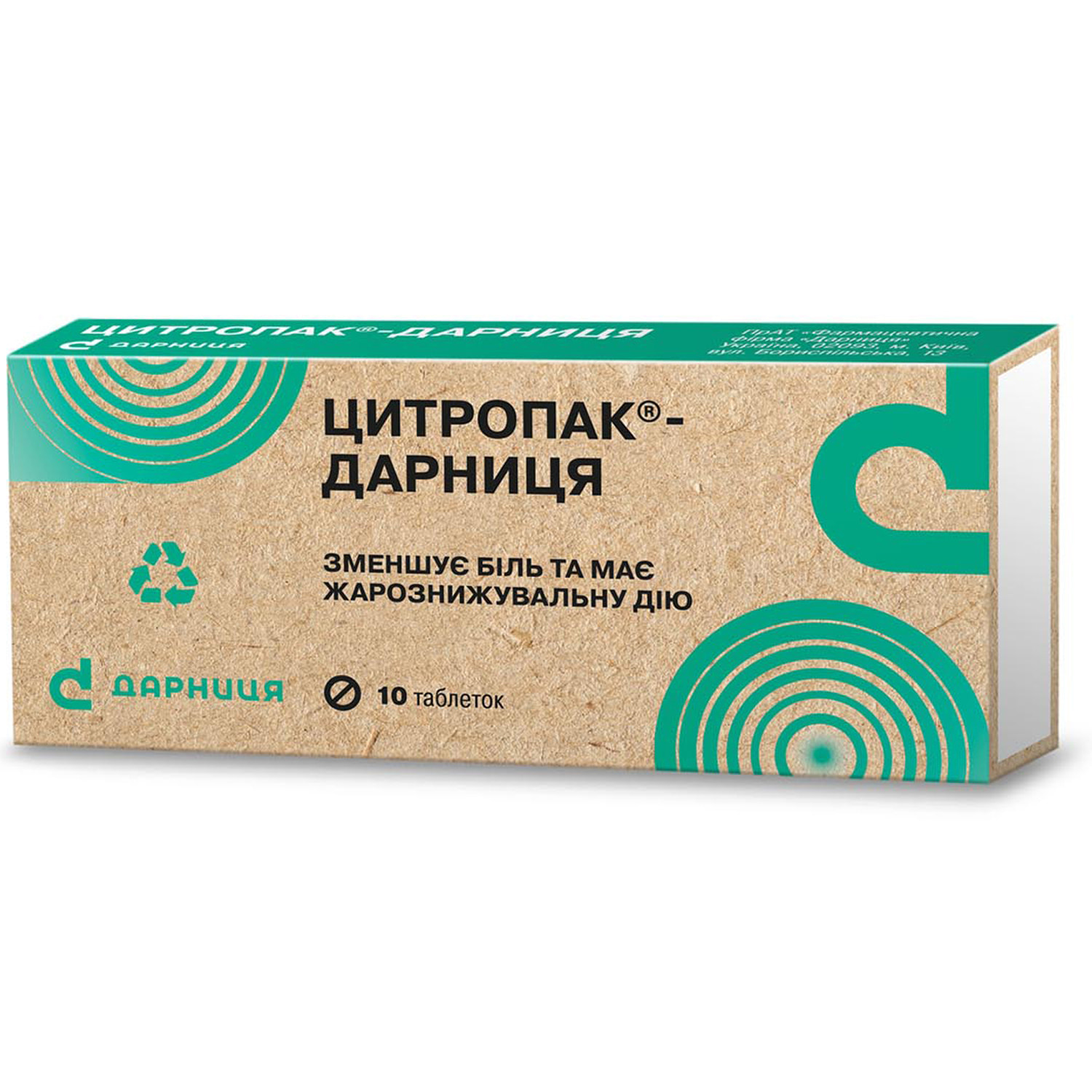
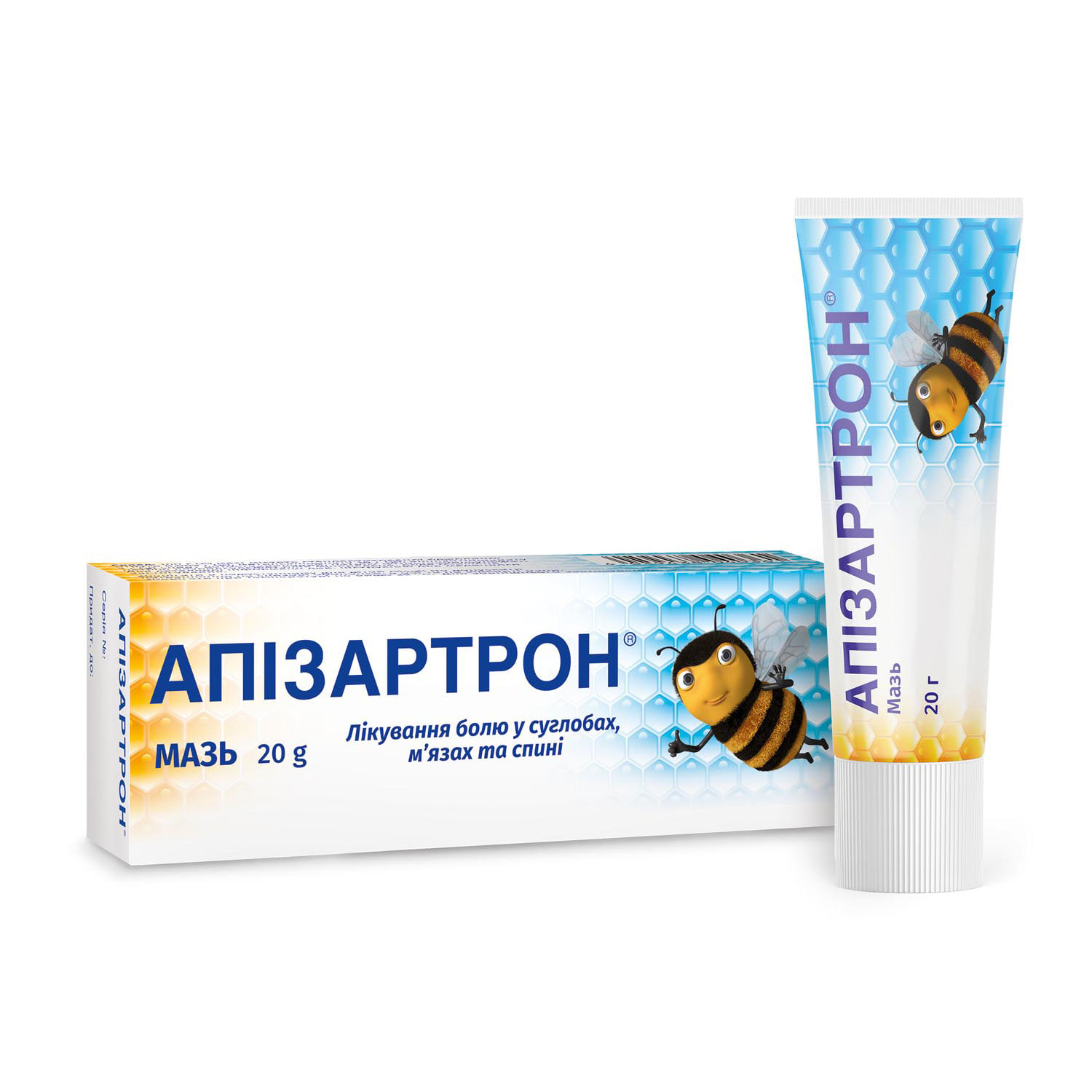
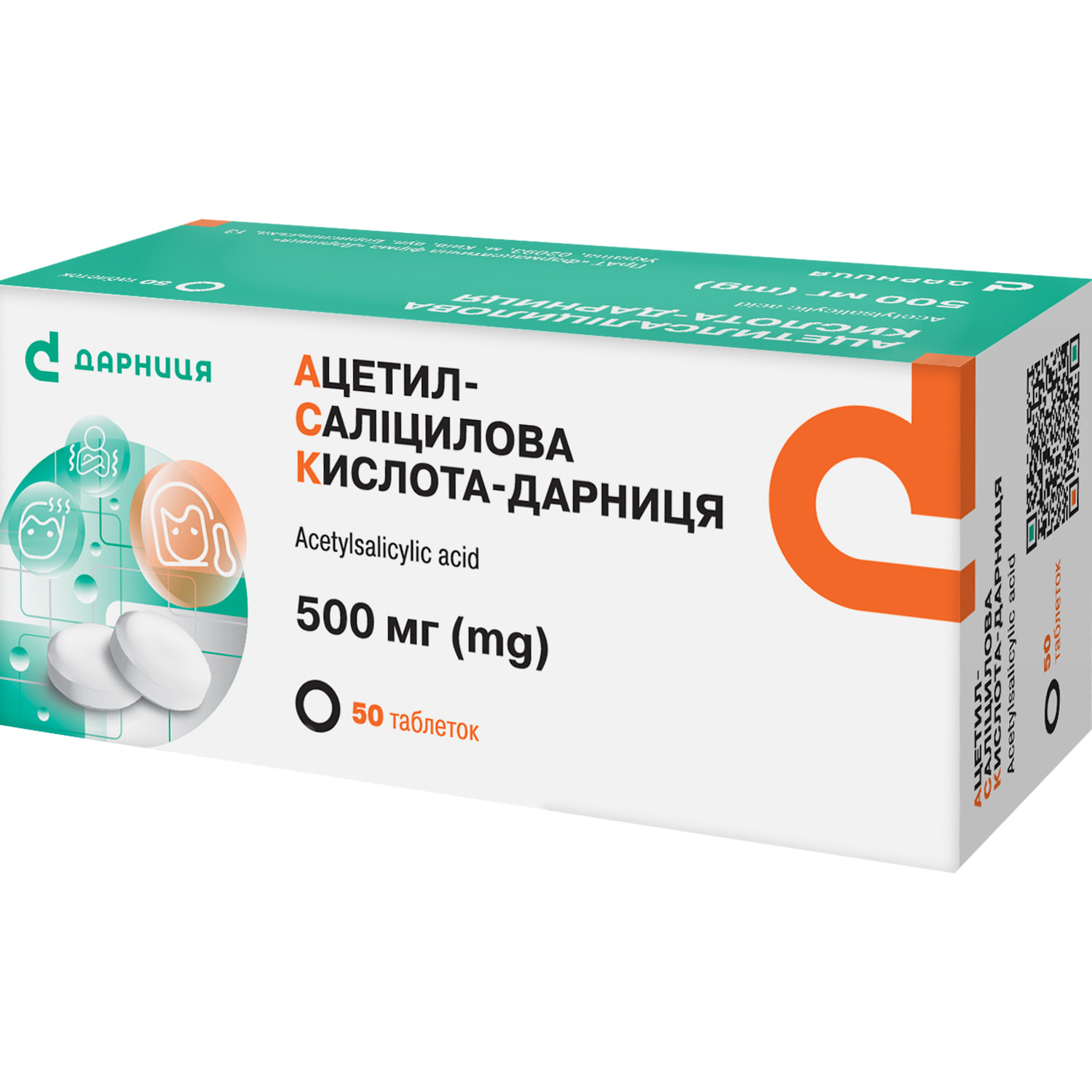
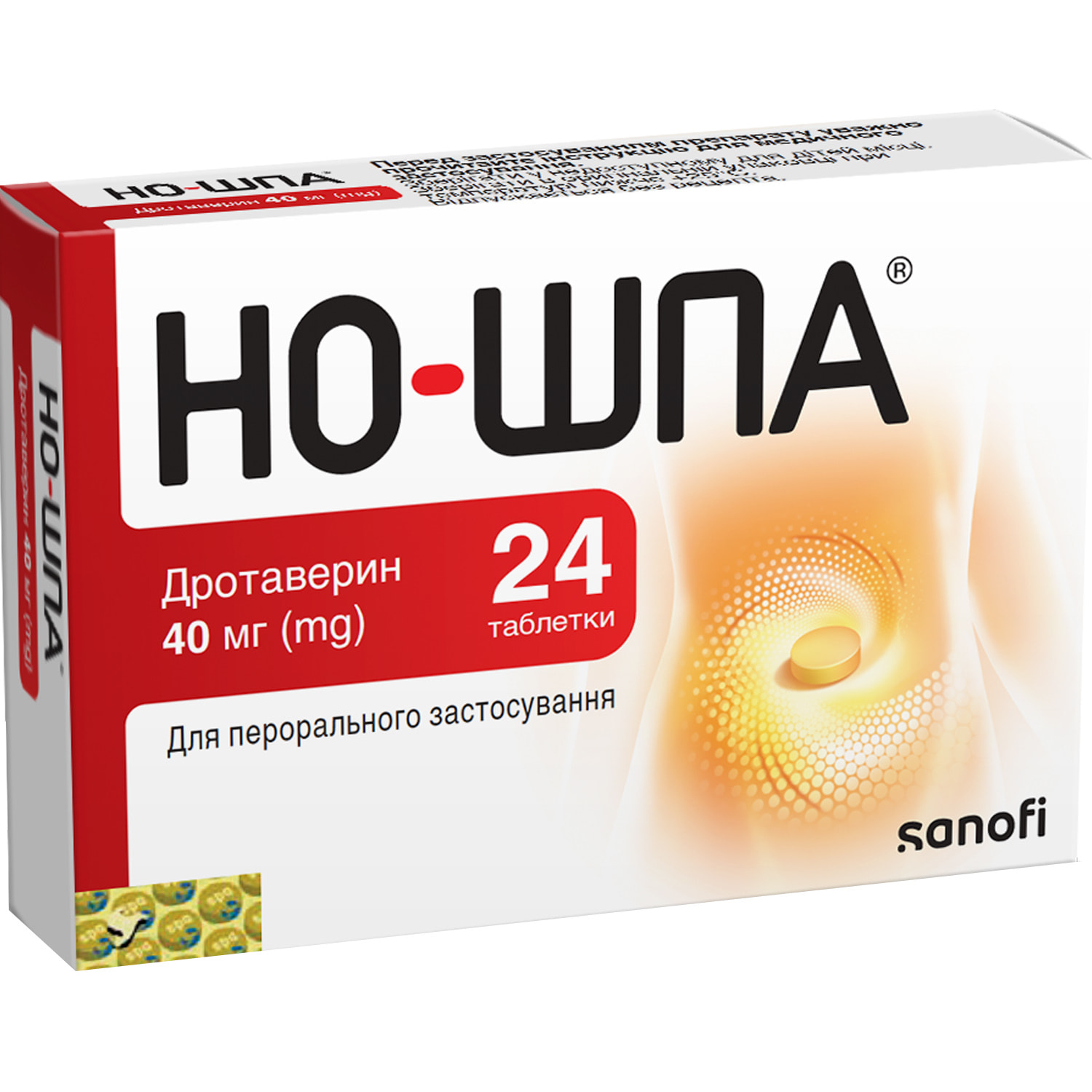
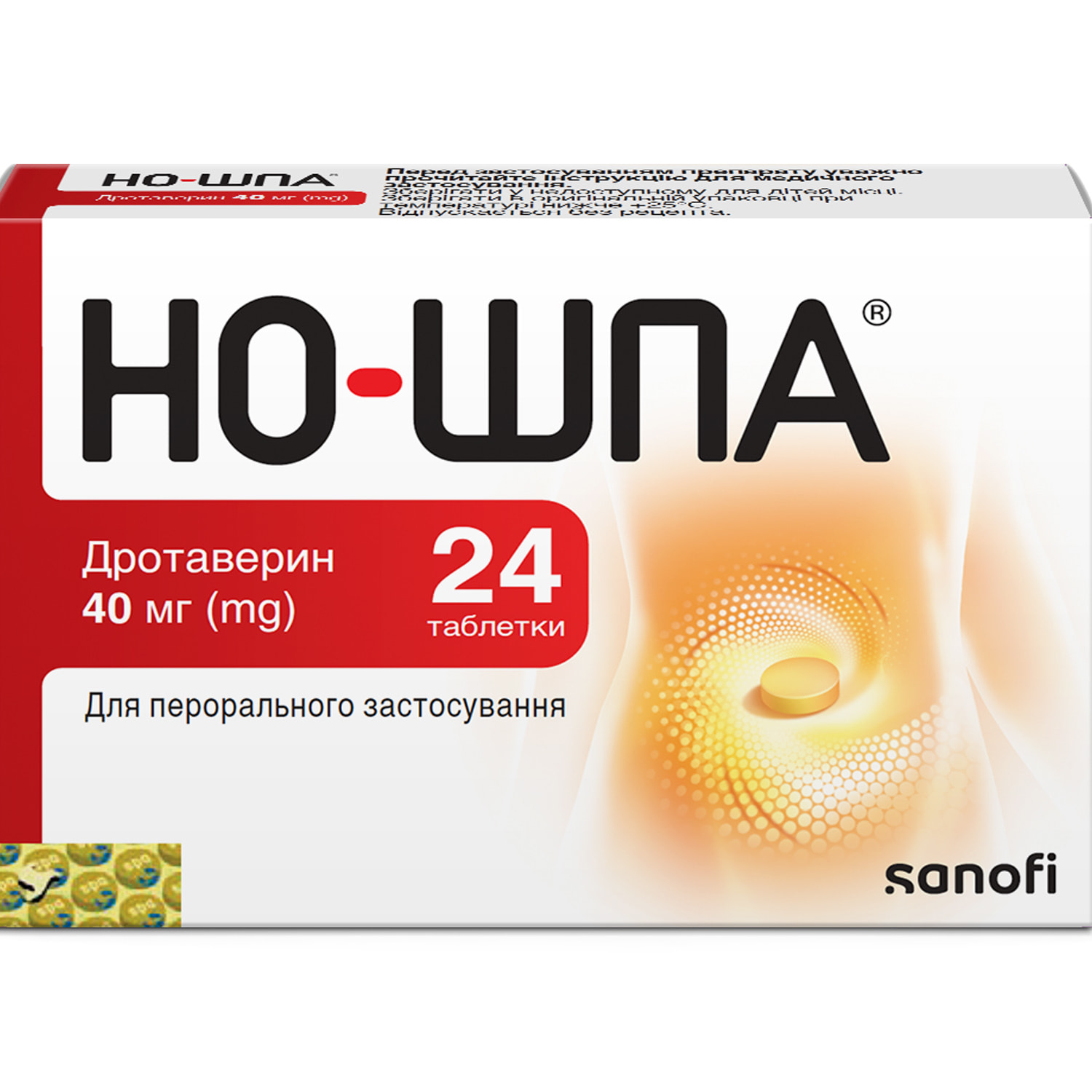
Reviews
There are no reviews yet.